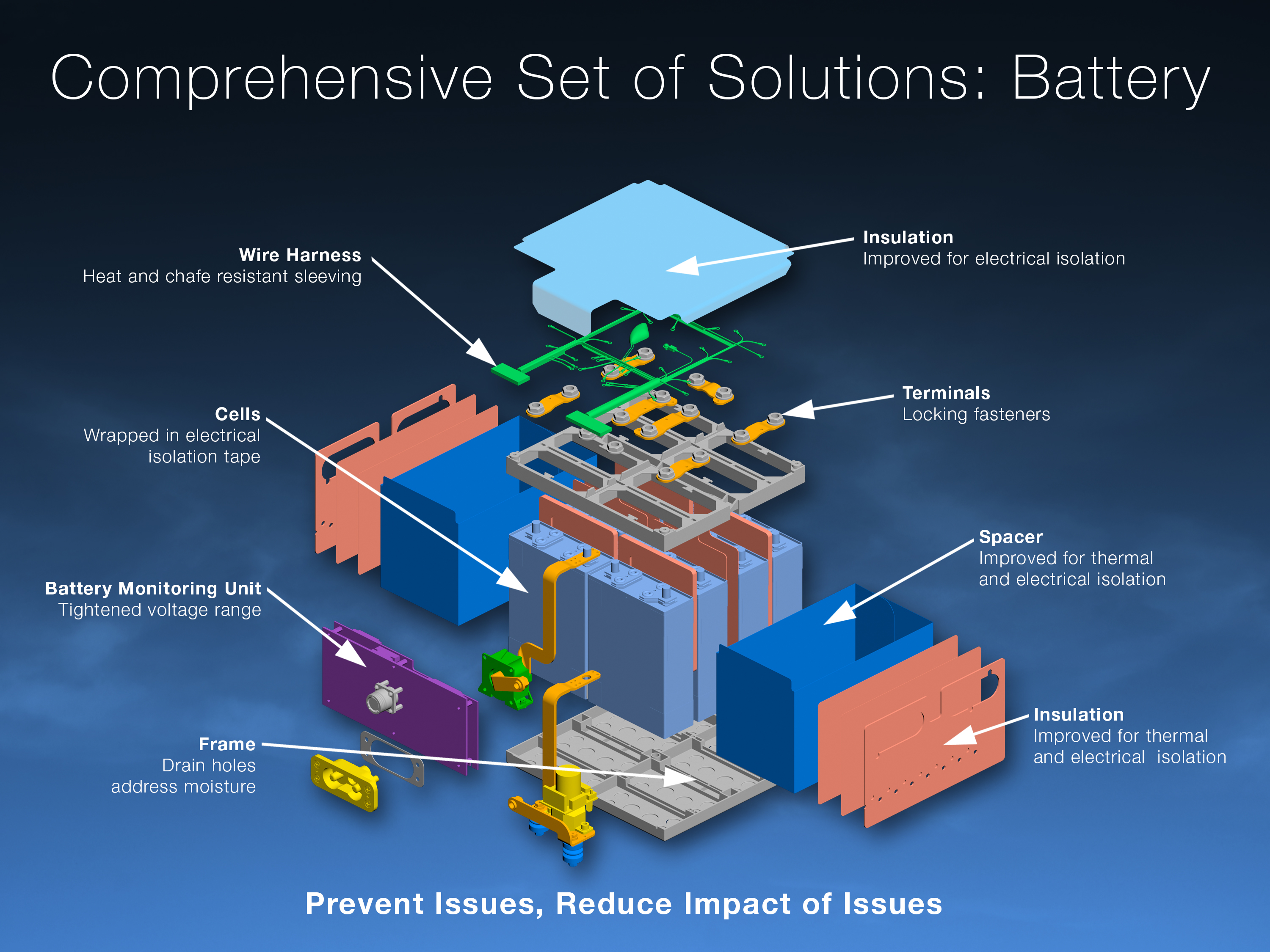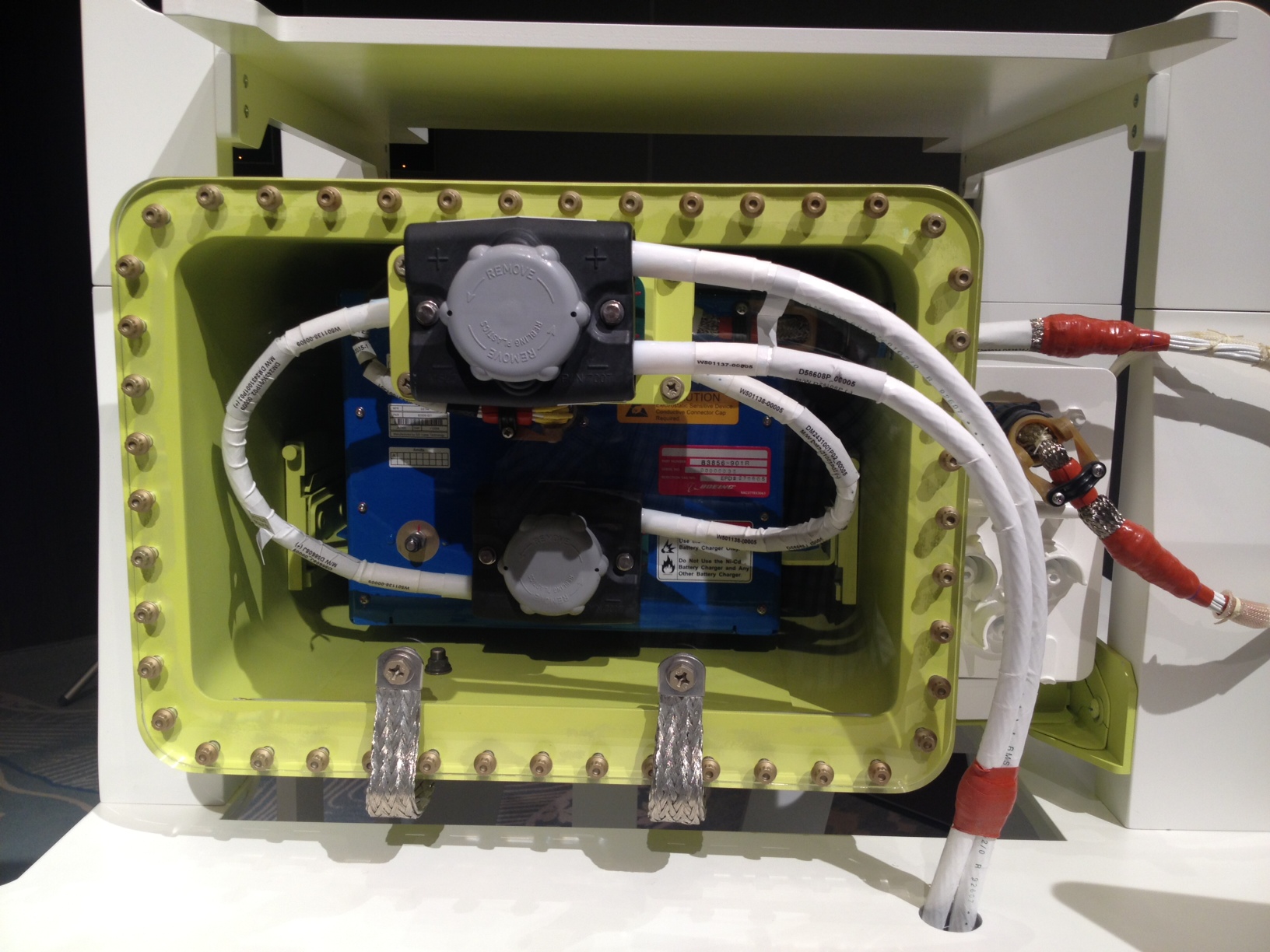The entire fleet of fifty 787s was grounded by regulators in January following a battery fire on a aircraft parked in the US, and a smoking battery on an aircraft flying over Japan.
Boeing’s plan to address these battery problems - which has been approved by the FAA - includes enhanced testing and monitoring during the manufacturing process, changes to the design of the battery itself, and the development of a new battery enclosure, designed to further reduce the risk of fire.
‘We’ve come up with a comprehensive set of solutions that result in a safer battery system,’ said Mike Sinnett, vice president and chief project engineer, 787 program, Boeing Commercial Airplanes.

To optimise the manufacturing process, Boeing worked with Thales, the provider of the integrated power conversion system, and battery maker GS Yuasa to develop rigorous new testing and monitoring procedures designed to reduce the possibility for variation in the production of the batteries.
According to Boeing, each cell will go through more rigorous testing in the month following its manufacture including a 14-day test during which readings of discharge rates are being taken every hour.
The three companies have also decided to narrow the acceptable level of charge for the battery, both by lowering the highest charge allowed and raising the lower level allowed for discharge.
Two pieces of equipment in the battery system – the battery monitoring unit and the charger are being redesigned to the narrower definition. The battery charger will also be adapted to soften the charging cycle to put less stress on the battery during charging.
The engineering team is also looking at improving the insulation around the individual cells within the battery, and believes that the use of electrical and thermal insulation installed above, below and between the cells will help keep the heat of the cells from impacting each other.
The team has also made changes to the battery case that contains the battery cells and the battery management unit. Small holes at the bottom will allow moisture to drain away from the battery and larger holes on the sides will allow a failed battery to vent with less impact to other parts of the battery.
The battery case will sit in a new enclosure made of stainless steel. This enclosure will isolate the battery from the rest of the equipment in the electronic equipment bays. It also will ensure there can be no fire inside the enclosure, thus adding another layer of protection to the battery system. The enclosure features a direct vent to carry battery vapors outside the airplane.

According to Sinnett, the design of the new enclosure entirely eliminates oxygen, making the containment unit self-inerting. Inerting is a step above fire detection and extinguishing as it prevents a fire from ever occurring. ‘We tried to find a way to introduce a fire in the containment but it just wouldn’t happen,’ he said. ‘Even when we introduced a flammable gas in the presence of an ignition source, the absence of oxygen meant there was no fire.’





Report highlights significant impact of manufacturing on UK economy
I am not convinced that the High Value Manufacturing Centres do anything to improve the manufacturing processes - more to help produce products (using...